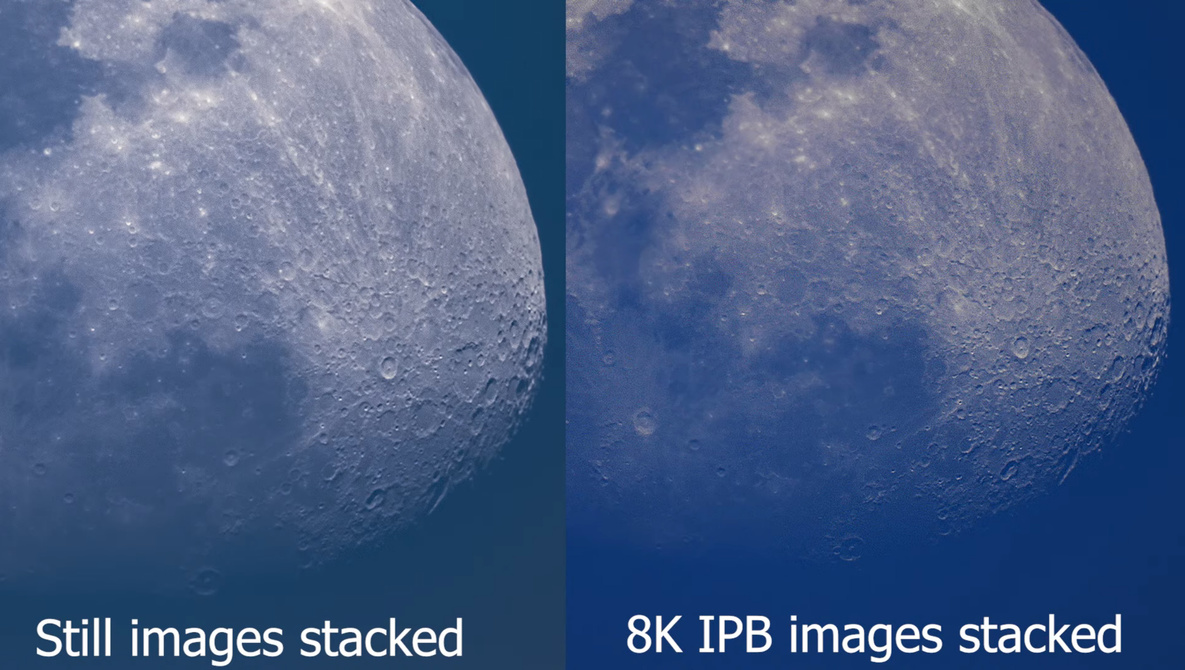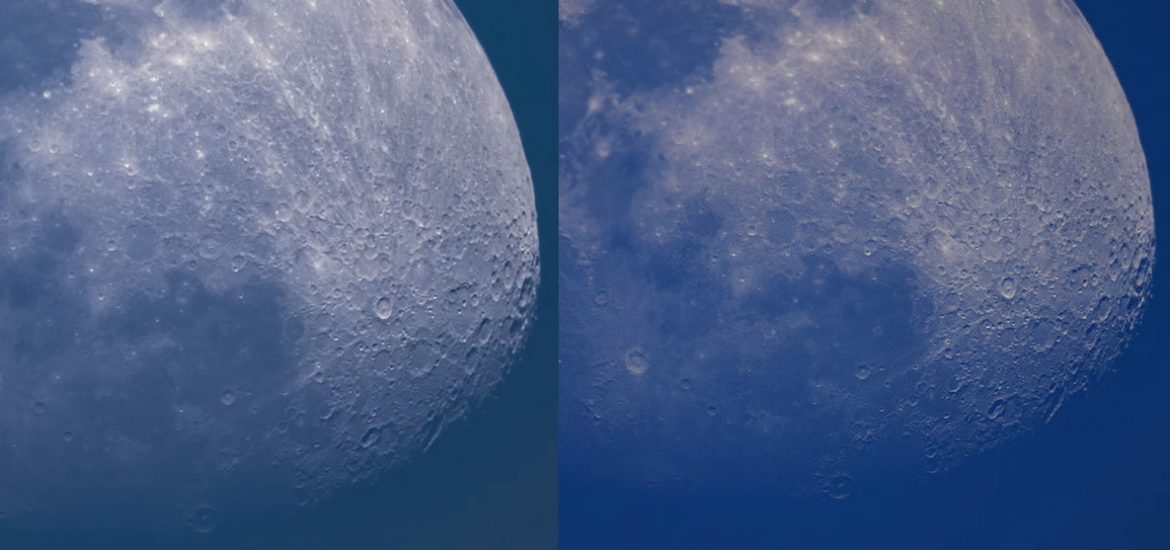
Capturing the moon has been something photographers have tried since it was possible to do. However, it’s trickier than most people think, particularly to capture real contrast and detail.
Astrophotography is a passion I seldom ever get to indulge in. I live a stone’s throw away from London and wedged between Cambridge, so light pollution is invasive and annoying. I have a few dark spots within a couple of hours’ drive, but those dark spots are dark relative to their surroundings, not globally. So, while I love it and gleefully head out into the night when I am abroad or in the far reaches of the U.K., I shoot precious few images per year. One aspect of astrophotography — which is somewhere between astro and landscape — that I could potentially pull off where I live, is photographing the Moon.
Capturing the moon is something that has a number of different ways to success. You can photograph it at night, preferably during one of the phases that isn’t full, or like Brent Hall does in this video, you can photograph it in the early morning or evening. Hall is far more experienced than I am about astrophotography, so I will let him do the explaining. One tip I would offer, however, is full moons aren’t your best bet, as mentioned above, as they create a lot of glare, and they’re often not the most interesting either. So experiment with different phases.
What’s the best image of the moon you’ve captured?
